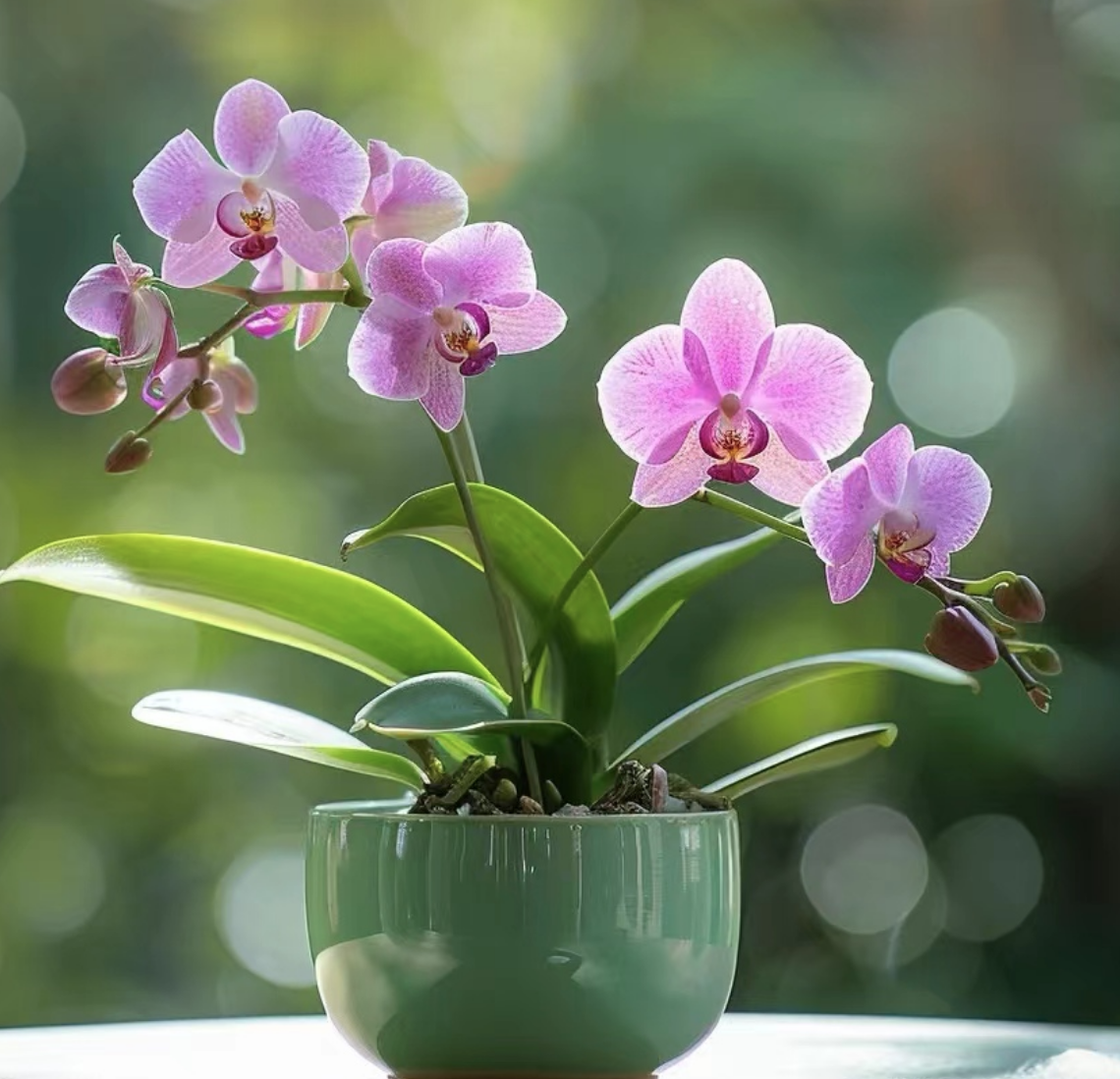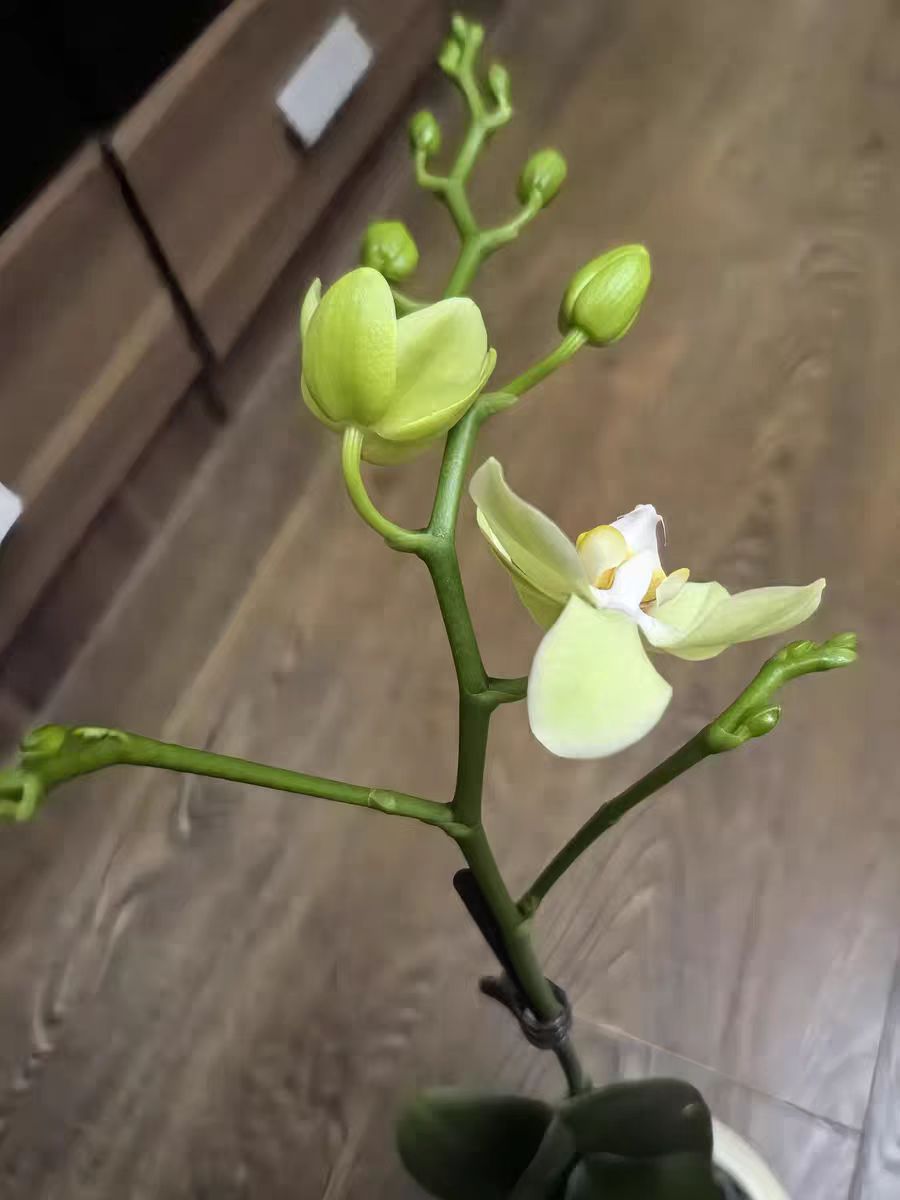The Phalaenopsis has a graceful posture and is the dream flower of many people. However, there are many difficulties in cultivating it well. So, what should we do if no new leaves grow after the flowering period of the Phalaenopsis? Let's understand together in the following text.
As we all know, if you want the flowers to bloom beautifully, it is certain that they need to have a healthy constitution first. Therefore, for the new leaves of the Phalaenopsis to grow well, it not only completely depends on the natural environment but also can try human intervention.
In fact, under ideal natural conditions for the Phalaenopsis, as long as factors such as light, temperature, and humidity are met, it will help its leaves to grow. First of all, in terms of light, human control of light can promote the growth of new leaves of the Phalaenopsis. The Phalaenopsis likes light but cannot be directly exposed to the sun. What it needs is gentle scattered light. If it is exposed to the sun, the leaves are prone to burns. Therefore, it is best to choose indoor maintenance. Install a shading net that can be adjusted at the position where the Phalaenopsis is placed, or often manually move the position of the plant to control the intensity and direction of the light. If it rains continuously for several days and the sky is dark for a long time, then it is necessary to buy additional supplementary lights to illuminate it. Generally, illuminating it for 4-6 hours is fine.
Secondly, artificially adjusting the temperature and humidity can also intervene in the growth of new leaves of the Phalaenopsis. The suitable temperature and humidity for the Phalaenopsis is 18-28°C, and it can grow healthily as long as the temperature is within the range. But if the temperature cannot be maintained stably, it will automatically enter a dormant state. Therefore, the daily operation is that human beings can maintain a suitable growth environment by setting up humidifiers, ventilation equipment, or adjusting the indoor temperature.
In addition, fertilization can also be used to add appropriate nutrients and moisture to ensure the growth of new leaves.
In conclusion, the growth of new leaves of the Phalaenopsis has its own growth rhythm, and human intervention can also promote its growth to a certain extent. Specifically, as long as reasonable control of light, temperature, humidity, and provision of appropriate nutrients and moisture are achieved, the new leaves of the Phalaenopsis will grow increasingly, allowing us to enjoy a beautiful plant after flowering.
How can Phalaenopsis produce new leaves?

Share with
Tagged in :




Leave a Reply